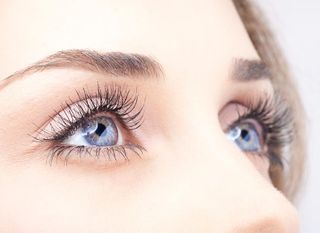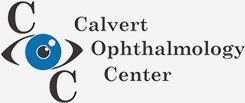Tumors of the Eyelid
Things Your Surgeon Will Consider
There are many considerations that your surgeon will weigh before recommending a specific reconstructive procedure. Important factors include the location, size and age of the eyelid defect as well as blood supply to the area and the integrity of the local tissues. These and other issues will inform your surgeon’s course of action which may focus on your eyelid’s vertical tension, horizontal tension or canthal fixation.

Reconstructive Surgery Options
Limited Eyelid Damage
Damage that does not exceed one-third of your eyelid can usually be addressed by what is called primary closure. More complex though limited defects can be addressed by a restricted procedure called superior cantholysis. During this surgery, a minor incision is made, separating the skin and then freeing the orbital septum to close the defect. Calvert Ophthalmology Center will help ensure you get the best care every step of the way.
Moderate Eyelid Damage
When damage exists on your eyelid and affects between one-third and one-half of the lid, your surgeon may perform a Tenzel semicircular rotation flap. During this advanced procedure, your surgeon will accomplish a lateral canthotomy and then cut and rotate a flap of skin at the lateral canthus. Silk, nylon and polyester sutures will be used to aid recovery as the skin on your eyelids heals naturally.
Major Eyelid Damage
When damage exists within an area greater than half of your eyelid, your surgeon must repair the posterior lamella using a skin graft and then use the above-mentioned procedures to address the defect. The graft may come from your undamaged eyelid or another commonly used body source. Regenerative Tissue Matrix (AlloDerm) may also be used. Healing usually requires between six and eight weeks, and you will be unable to see out of the affected eye. Follow-up procedures can address cosmetic and use-related results.









